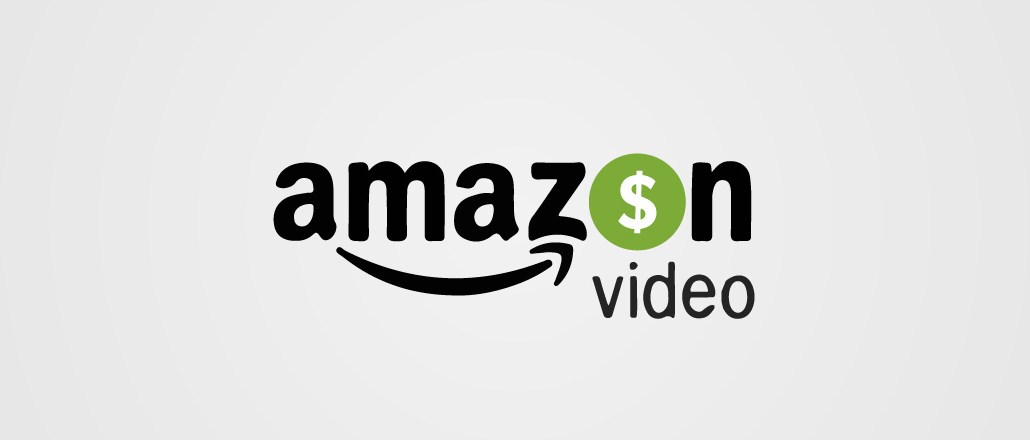
Six months after launching a self-serve video distribution program, Amazon is a growing revenue provider for publishers and independent filmmakers alike.
Launched in May, the Amazon Video Direct program helps publishers of varying sizes and types join the Amazon Prime video ecosystem. In terms of distribution, publishers have multiple options: They can make their content available alongside thousands of movies and TV shows on the Prime streaming subscription service; sell their existing subscription streaming channels as add-ons; make individual titles available for purchase or rent; or make the content available on a free and ad-supported basis.
While publishers aren’t restricted to any one option, the ability to put their content on Prime Video, which offers thousands of movies and TV shows and has tens of millions of subscribers, is the most popular choice, according to Eric Orme, head of Amazon Video Direct. “The friction in place to get content onto a tier-one service is pretty high. There are a lot of complexities and barriers there, in general,” Orme said. “We solve that problem.”
Once publishers join the Amazon Video Direct program, they also retain control over how their content is distributed — all with the knowledge that every option comes with a revenue model from the get-go. For instance, if a publisher chooses to upload its content to Amazon Prime Video, it gets 15 cents per hour streamed in the U.S. Internationally, content owners get 6 cents per hour streamed.
These are not the only Prime Video-related revenues, either. Amazon also sets aside a $1 million monthly bonus pool through its Amazon Video Direct Stars program, which pays content owners based on the top-performing titles on the streaming platform. (Other ways to make money through Video Direct include 55 percent of ad revenue generated from content that’s available for free, as well as roughly 50 percent of money made from sales and rentals.)
While not making anyone rich just yet, the Video Direct program is beginning to bring in revenue for publishing partners. How Stuff Works, for instance, has uploaded more than 500 videos to Amazon Prime since the program launched. Revenue from the Video Direct program has “on occasion” been comparable to YouTube, where it has nine channels and close to 2 million subscribers, said Jason Hoch, chief content officer for How Stuff Works. Similarly, Video Direct-related revenue for The Young Turks Network is small but getting more meaningful every month, said Steven Oh, COO of The Young Turks Network. (Both companies have also received cash from the Video Direct Stars program.)
For How Stuff Works, which hasn’t experimented with a paid model to date, this is an entirely new revenue stream. This will become a bigger deal as How Stuff Works is in development on multiple longer-form shows that it can distribute on Amazon Prime starting next year. It’s something that Amazon has encouraged How Stuff Works to do, Hoch said.
“We may decide that some of that content might be available as a rental, some might be ad-supported, and some might be just Prime, where we’re getting a payout through hours watched,” Hoch said. “Having both the flexibility and the math behind it is pretty great.”
For Amazon, Video Direct is a play for the entire video ecosystem. For instance, independent filmmakers are also finding success through the Video Direct program. The ‘90s cult classic, “The Boondock Saints,” for instance, has streamed more than 500,000 hours in a month, according to Amazon. Other independent projects like Danishka Esterhazy’s “Black Field,” which premiered at film festivals in 2009 but never received a U.S. theatrical release, was one of the most-watched films in October.
Overall, Amazon users have streamed billions of minutes of content from Amazon Video Direct self-publishers, Amazon said.
“Our customers are looking for a variety of different things,” Orme said. “If we were to only focus on specific categories or specific providers, there will be stuff we’re going to miss.”
More in Future of TV

‘A year of loose ends’: Digiday editors share top takeaways from 2025
This year was filled with major developments – from Netflix’s planned WBD deal to Omnicom’s acquisition of IPG to Google’s ultimately cookie reversal – and Digiday editors Sara Jerde and Seb Joseph help to recap the year that was (and wasn’t).

Future of TV Briefing: How the future of TV shaped up in 2025
This week’s Future of TV Briefing looks back at the top topics and trends that overtook the TV, streaming and digital video industries in 2025.

Programmatic agency execs speak out on CTV transparency
At the recent Digiday Programmatic Marketing Summit, agency executives spoke out — on stage and in behind-closed-door town hall sessions — on how they see transparency in CTV.





